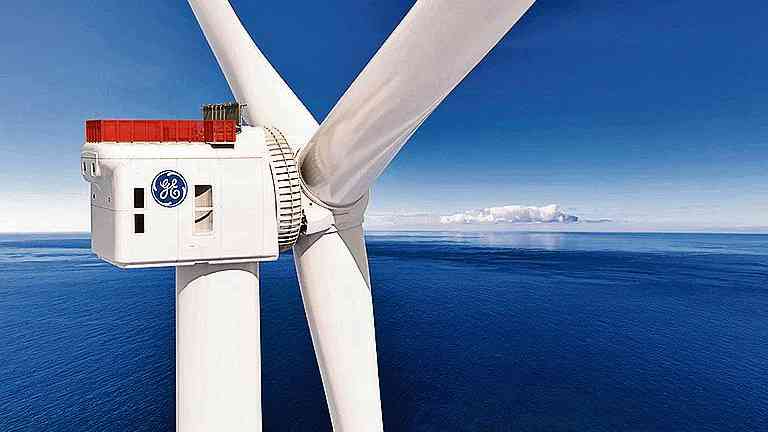The world’s biggest offshore wind farm is set to get the go-ahead from SSE as part of the energy group’s plans to treble its renewable electricity output in the next decade.
The company said yesterday that it expected to reach a financial close in a matter of days on the first two stages of the Dogger Bank wind farm, 60 miles off the northeast coast of England.
SSE owns 50 per cent of the project, with the remainder owned by Equinor, of Norway, although both companies are looking to sell 10 per cent stakes. Alistair Phillips-Davies, SSE’s chief executive, said that a deal to reduce the stakes was “progressing reasonably well” and was likely to take place within the next few weeks.
The Dogger Bank wind farm will have capacity of 3.6 gigawatts, or enough to power 4.5 million homes, when it is completed by 2026. SSE said that each of the first two stages would have capacities of 1.2GW.
The wind farm will use 13-megawatt turbines, among the biggest in the world, with one rotation of the blades generating enough electricity to power a household for two days.
SSE is a FTSE 100 energy group with interests in renewables, gas-fired power generation, power and gas networks. It owns a business energy supply business, having offloaded its household supply division to Ovo Energy this year.
Yesterday it reported half-year adjusted operating profits of £418.3 million, down 15 per cent on a year earlier, after taking a £115 million hit from the coronavirus pandemic. This included £50 million at its business energy supply division because of factors such as lower demand during lockdown and increased bad debts from businesses unable to pay their bills.
Mr Phillips-Davies, 53, welcomed Boris Johnson’s new ten-point green plan, unveiled this week, which embraced offshore wind, as well as the use of hydrogen and carbon capture and storage. He said that SSE’s gas-fired power stations could be retrofitted with carbon capture and storage technology, or converted to use clean-burning hydrogen instead of natural gas.
“As we seek a recovery from the effects of coronavirus, investments in low-carbon infrastructure that help to stimulate the economy, boost jobs and level up regions while tackling climate change are a win-win,” he said.
Dogger Bank is one of the biggest elements in a newly announced target for SSE to treble its renewable output over the coming decade. It said that it aimed to add at least a gigawatt of new renewable assets each year in the second half of the decade, which could result in it owning as much as 12GW of wind farm capacity by 2030.
Shares in SSE rose by 59p, or 4.4 per cent, to £14.07 yesterday
